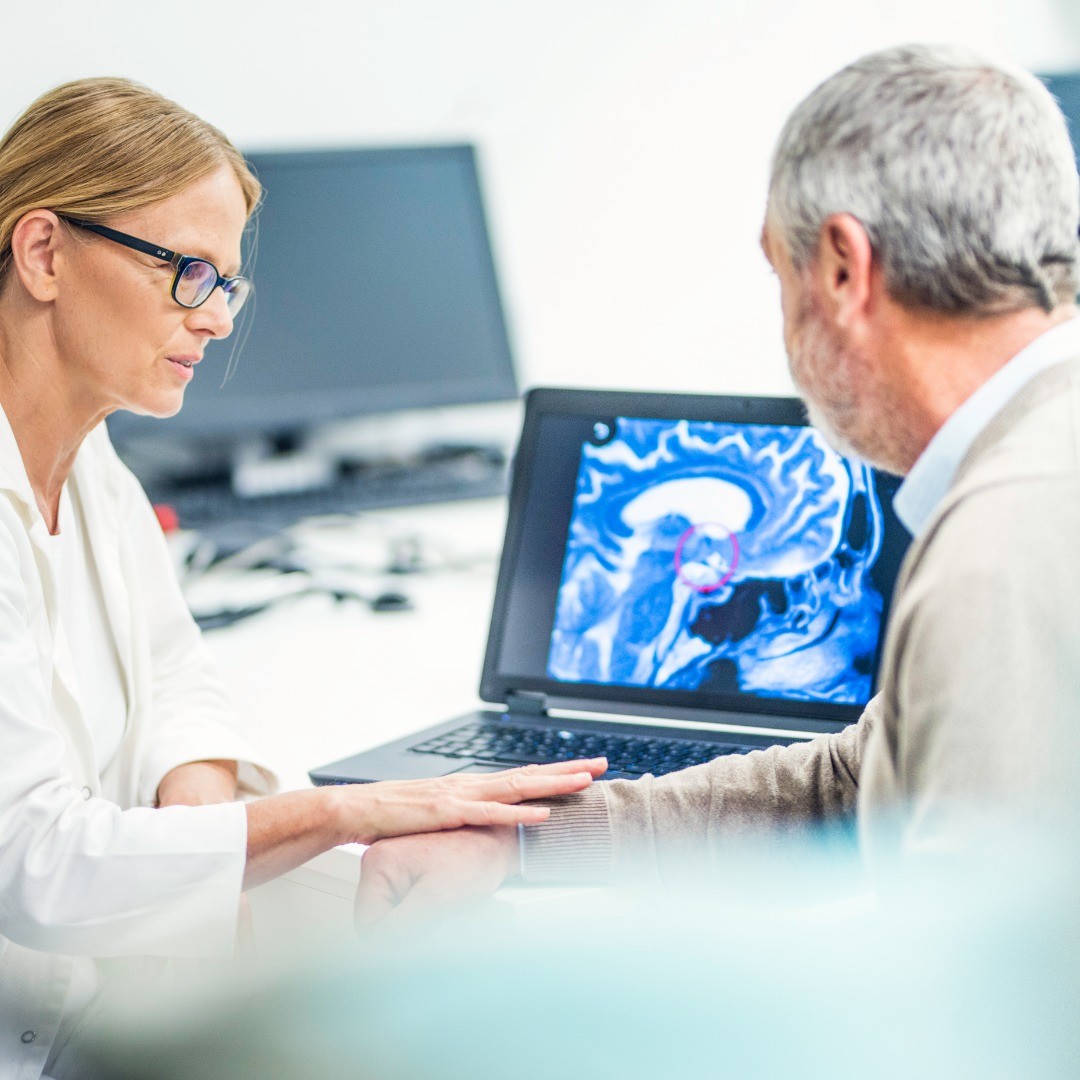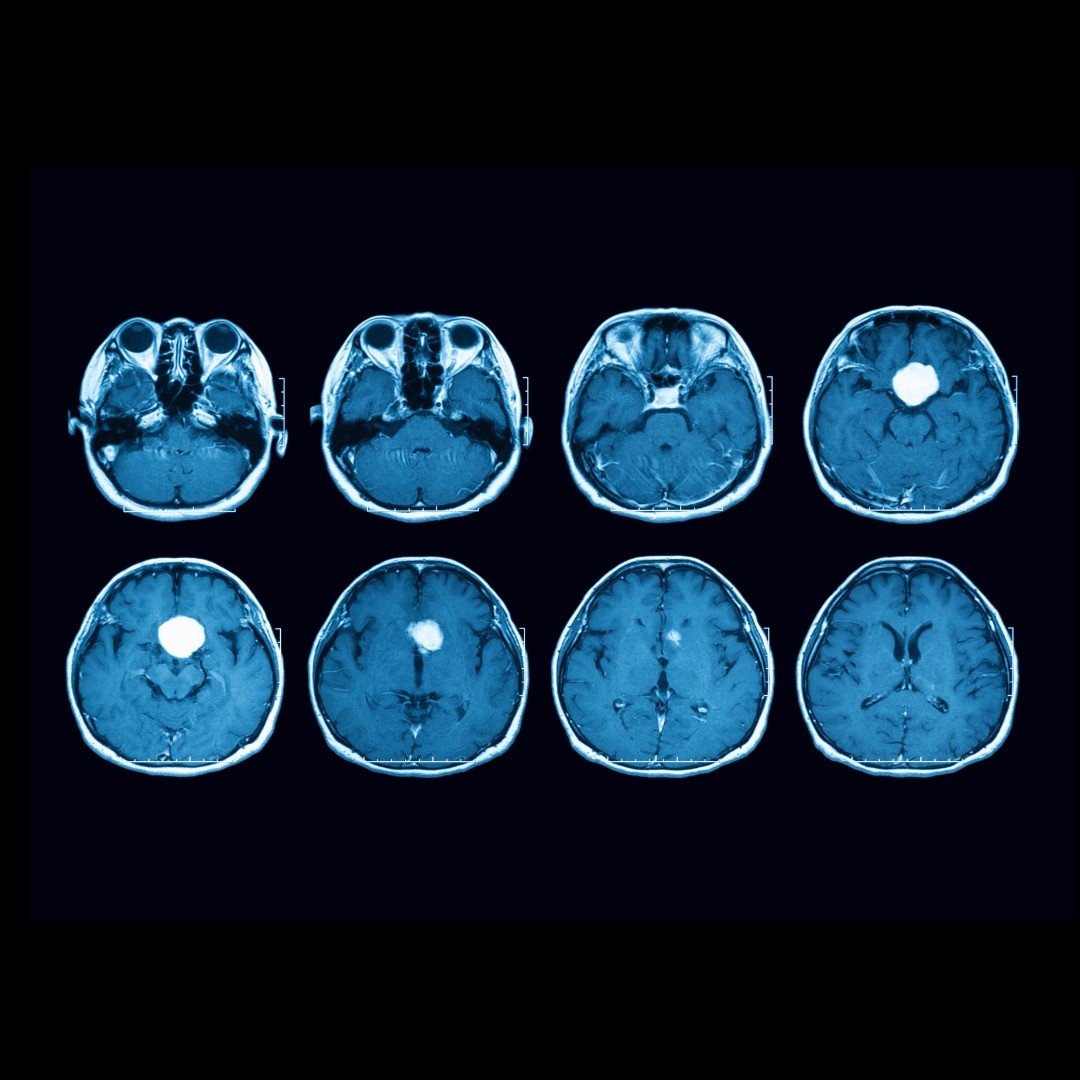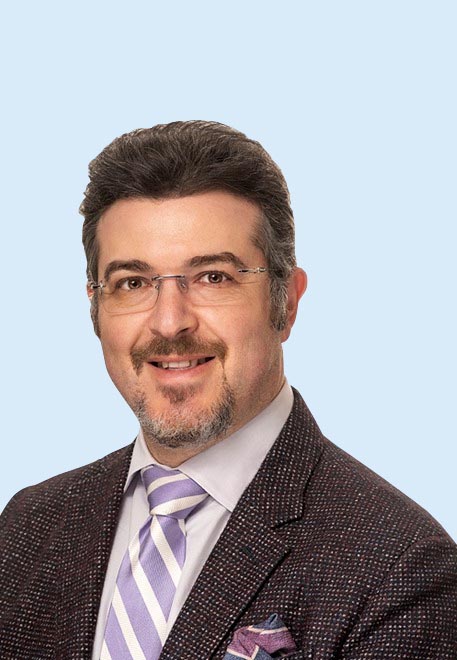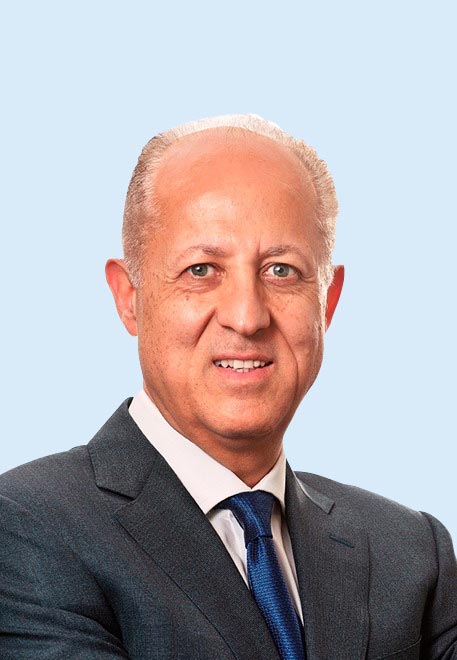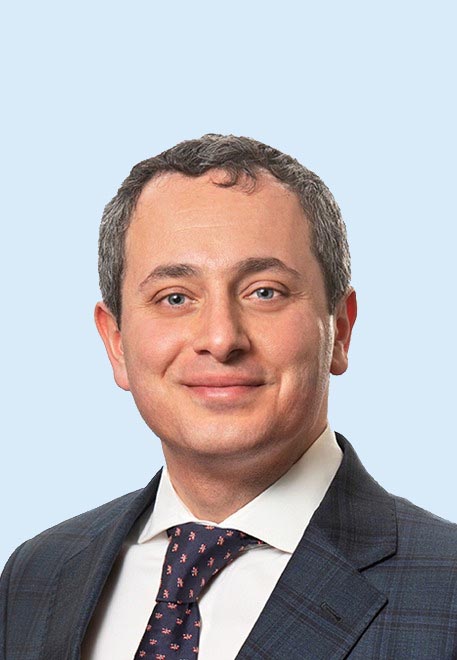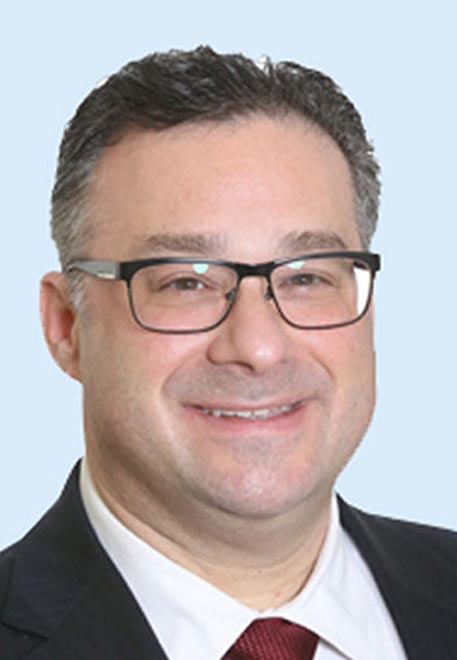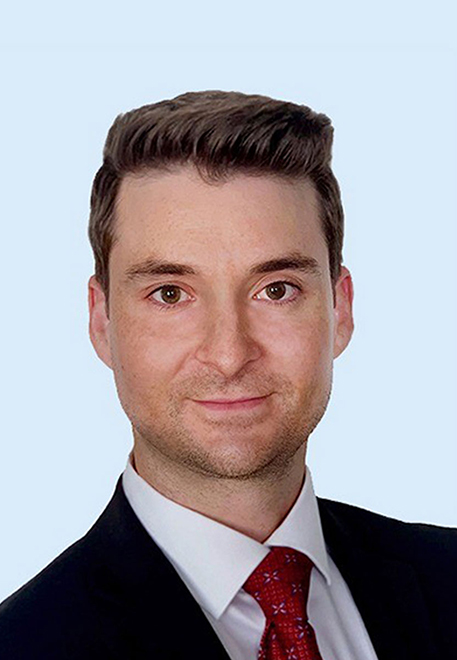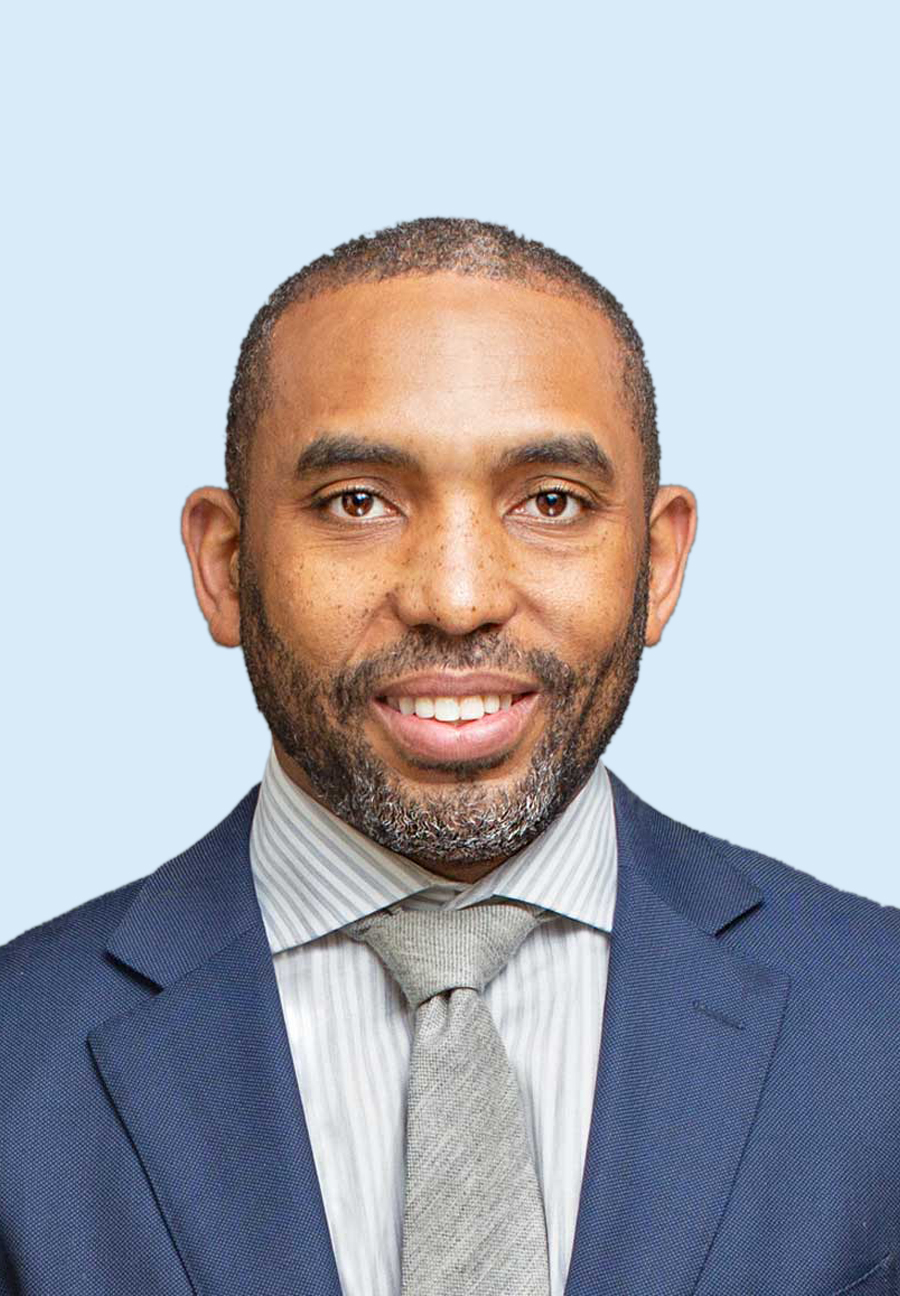- PATIENT FORMS | REQUEST A CONSULTATION | CONTACT US
- 1-844-NSPC-DOC
Anterior Cervical Discectomy and Fusion
What Is Anterior Cervical Discectomy (ACD)?
An anterior cervical discectomy (ACD) is the removal of a damaged disc (discectomy) in the neck (cervical) by accessing the spine via the front (anterior) of the neck. The ACD procedure is usually done in coordination with a fusion or a disc replacement.
A fusion joins the nearby disc areas together with a bone graft, thereby providing stability and maintaining vertebral height. However, a fusion also limits mobility for that part of the spine. A disc replacement keeps mobility by replacing the herniated disc with an artificial disc, such as a Mobi-C artificial spinal disc.
What Conditions Does Anterior Cervical Discectomy (ACD) Treat?
A discectomy removes herniated or diseased discs. Damaged discs can arise from other spine conditions:
- Spinal stenosis— a narrowing of the spinal canal
- Spondylolisthesis— a condition where one disc slides over another disc
- Osteoarthritis
Conditions that might be helped by an anterior cervical discectomy may have symptoms such as:
- Cervical radiculopathy —pain along the nerve path,
- Disc herniations — bulging or “slipped” discs, and
- Cervical fractures
Compression of the damaged disc onto a nerve can cause weakness, numbness or pain.
What Conditions Does an Anterior Cervical Discectomy and Fusion Treat?
An anterior cervical discectomy and fusion, or more commonly called ACDF surgery, is used to treat a damaged disc in the neck, or cervical portion of your spine. Many times when a disc is diseased or herniated it can cause chronic pain due to it pressing on the roots of the nerves in your spine. Many people that suffer from this issue also have pain that radiates outwards to their arms.
What Is an Anterior Cervical Discectomy and Fusion with an Intervertebral Spacer Procedure?
The ACDF procedure is a minimally invasive neck fusion surgery. During this cervical spine surgery, you will be placed under general anesthesia. A small incision is made on the front of the neck and your muscles and tendons are gently pushed aside in order to access your spine. Using minimally invasive surgery techniques, your physician decreases your recovery time, limits blood loss, and diminishes your chance of infection and post-surgery pain.
Your spine surgeon will remove the damaged disc and insert a bone graft to replace it. This graft can come from a variety of places, including your hip, a donor, or a synthetic material. The graft is used to keep the vertebrae in the correct position once the disc is removed. Your doctor will then use a metal plate and screws to make sure the graft is properly secured.
The small incision will then be closed and over time the bone graft will grow and fuse the spinal vertebrae. This will relieve pressure on your spinal nerves and help relieve your chronic pain.
State-of-the-art Anterior Cervical Discectomy (ACD) Treatments at NSPC
At NSPC Brain & Spine Surgery (NSPC) (NSPC), we use revolutionary techniques to make spinal surgeries safer, decrease the chance of complications and have faster patient recoveries. To shrink blood vessels and reduce blood loss, our spine surgeons use the Aquamantys® System, which uses radiofrequency energy and saline to close up blood vessels faster during surgery. The Misonix Ultrasonic device emulsifies (melts) targeted bone, yet preserves soft tissue such as the spinal membrane.
The procedure for an anterior cervical discectomy is usually in concert with a fusion (a bone graft that helps the bones join together) or an artificial disc replacement.
Patients lie on their back and are under anesthesia for the surgery.
- A one to two-inch incision is made in the front of the neck. The surgeon retracts the neck muscles, trachea, esophagus and arteries to access the damaged disc.
- Fluoroscopic imaging confirms the correct disc is selected.
- The damaged disc is removed, alleviating pressure on the nerve. If any bone spurs were detected, they are removed and the opening for spinal nerve roots are widened to provide room for the nerves.
- For a spinal fusion, a bone graft is inserted into the space between the remaining vertebrae. Hardware such as screws and rods hold the spine stable while the bone grows.
- If the ACD is accompanied by an artificial disc replacement, the new disc would be inserted now.
Patients typically return home the same day of the treatment.
One of the largest and most highly specialized private practices in Long Island and the greater New York area, NSPC has over 25 affiliated physicians including 19 neurosurgeons in spine and brain surgery sub-specialties. If you have spondylosis, osteoarthritis, cervical radiculopathy, spinal stenosis, disc herniations or cervical fractures, contact one of our NY medical centers to talk with a spine specialist to see if you are a candidate for anterior cervical discectomy.
Physicians
Connect With Our 7 Convenient Locations
across Long Island, NY
Our expert physicians, surgeons and doctors are ready to serve you at our 7 convenient locations across Long Island, NY. Connect today to learn how our award winning, world class experts can help.
4250 Hempstead Turnpike Suite 4,
Bethpage, NY 11714
(516) 605-2720
COMMACK
353 Veterans Memorial Hwy,
Commack, NY 11725
(631) 864-3900
One Hollow Lane, Suite 212
Lake Success, NY 11042
(516) 442-2250
MANHATTAN
215 E. 77th Street Ground Floor
New York, NY 10075
(646) 809-4719
EAST SETAUKET
226 North Belle Mead Road, Suite C
East Setauket, NY 11733
(631) 828-3001
100 Merrick Road, Suite 128W
Rockville Centre, NY 11570
(516) 255-9031
WEST ISLIP
500 Montauk Hwy
West Islip, NY 11795
(631) 983-8400
World
Class
Expertise
For over 50 years & 350,000 patients NSPC has been a trusted global medical leader.
Contact us today for an appointment or consultation.

